How To Use Camera Lighting Equipment ?
Camera lighting equipment is used to enhance the lighting conditions during photography or videography. To use camera lighting equipment effectively, start by understanding the different types of lighting equipment available, such as continuous lights or strobes. Then, familiarize yourself with the specific features and controls of your lighting equipment.
When setting up your lighting, consider the desired effect and mood you want to achieve. Position the lights strategically to create the desired shadows, highlights, and overall illumination. Experiment with different angles and distances to achieve the desired results.
Additionally, be mindful of the color temperature of your lighting equipment and how it interacts with the ambient light. Adjust the settings accordingly to maintain a consistent color balance.
Finally, practice and experiment with your lighting equipment to develop your own style and techniques. Observe how different lighting setups affect the subject and the overall composition of your photographs or videos. With time and experience, you will become more proficient in using camera lighting equipment to enhance your visual storytelling.
1、 Types of camera lighting equipment and their functions
Types of camera lighting equipment and their functions:
Camera lighting equipment is essential for achieving professional-looking photographs and videos. It helps to control the lighting conditions and create the desired mood or atmosphere. Here are some common types of camera lighting equipment and their functions:
1. Continuous Lighting: Continuous lighting refers to lighting equipment that stays on continuously, providing a constant source of light. It is commonly used in video production and allows the photographer or videographer to see the lighting effects in real-time. LED panels and fluorescent lights are popular options for continuous lighting.
2. Strobe Lighting: Strobe lighting, also known as flash lighting, is a type of lighting equipment that produces a brief burst of intense light. It is commonly used in photography to freeze motion and capture sharp images. Strobe lights are available in various power outputs and can be triggered wirelessly or through a sync cable.
3. Softboxes: Softboxes are light modifiers that help to diffuse and soften the light. They are typically used with strobe lights to create a more flattering and even light source. Softboxes come in different shapes and sizes, such as square, rectangular, or octagonal, and are often used for portrait photography and product shots.
4. Umbrellas: Umbrellas are another popular light modifier that helps to soften and spread the light. They come in two types: shoot-through and reflective. Shoot-through umbrellas allow the light to pass through the translucent material, creating a soft and diffused light. Reflective umbrellas bounce the light off the inner surface, providing a broader and more even light source.
5. Light Stands: Light stands are used to support and position the lighting equipment. They come in various sizes and heights, allowing you to adjust the height and angle of the lights. Some light stands also have additional features like air-cushioned columns to prevent sudden drops and protect the equipment.
When using camera lighting equipment, it is important to consider factors such as the desired lighting effect, the subject being photographed or filmed, and the available space. Experimenting with different lighting setups and techniques can help you achieve the desired results and add depth and dimension to your images or videos. Additionally, staying updated with the latest advancements in lighting technology can provide new opportunities for creative expression and enhance the overall quality of your work.
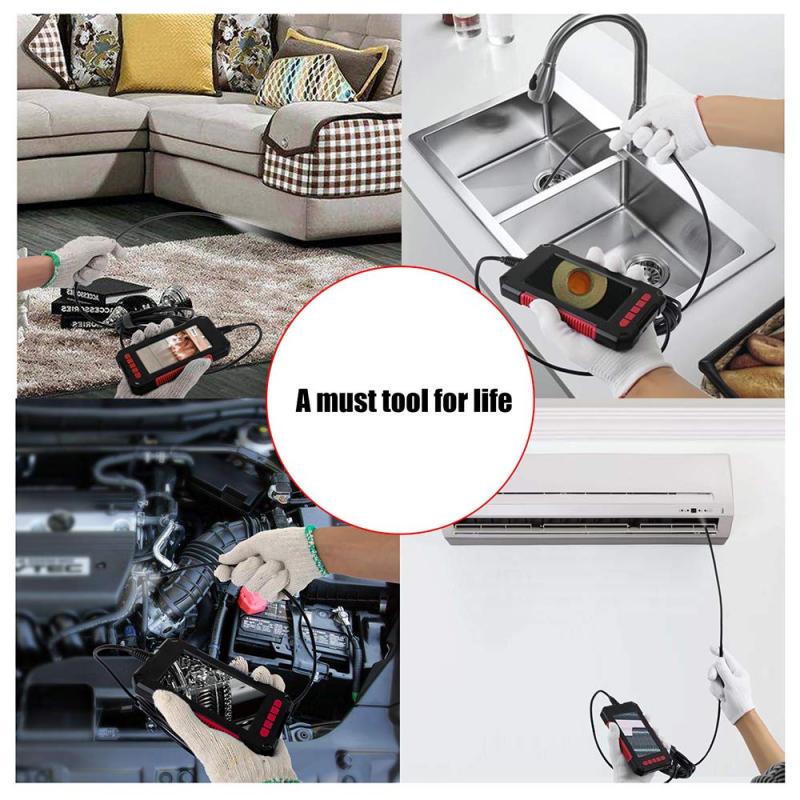
2、 Understanding different lighting techniques for photography
Understanding different lighting techniques for photography is essential for capturing stunning and professional-looking images. While camera lighting equipment plays a crucial role in achieving desired lighting effects, knowing how to use it effectively is equally important.
To begin with, it is essential to familiarize yourself with the different types of camera lighting equipment available. This includes strobe lights, continuous lights, and speedlights. Each type has its own unique features and benefits, so understanding their capabilities will help you choose the right equipment for your specific needs.
Once you have selected the appropriate lighting equipment, it is important to learn how to control and manipulate light effectively. This involves understanding concepts such as light intensity, direction, and quality. Experimenting with different lighting setups and techniques, such as using diffusers or reflectors, can help you achieve the desired lighting effect.
Additionally, understanding the concept of lighting ratios can greatly enhance your photography. This involves balancing the intensity of light between different areas of the scene to create depth and dimension. By adjusting the lighting ratios, you can highlight specific elements or create a more balanced overall composition.
Furthermore, staying updated with the latest trends and techniques in lighting can greatly enhance your photography skills. With advancements in technology, new lighting equipment and techniques are constantly emerging. Keeping up with these developments can help you stay ahead of the curve and create unique and visually appealing images.
In conclusion, understanding different lighting techniques for photography is crucial for capturing stunning images. By familiarizing yourself with camera lighting equipment, learning how to control and manipulate light effectively, and staying updated with the latest trends, you can elevate your photography skills and create visually captivating images.
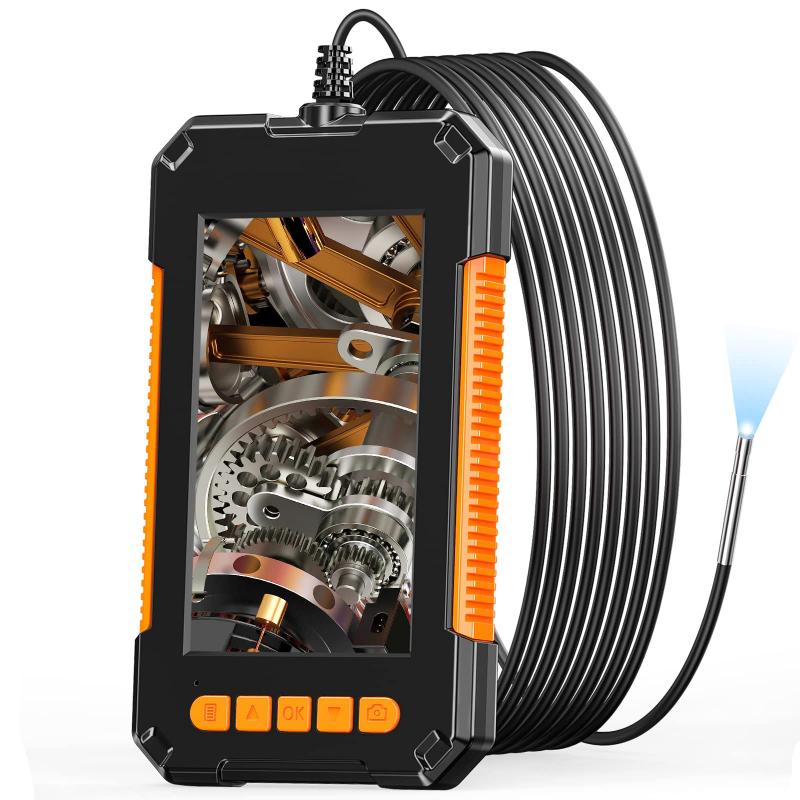
3、 Tips for setting up and positioning camera lighting equipment
Tips for setting up and positioning camera lighting equipment:
1. Understand the different types of lighting equipment: Before setting up your camera lighting equipment, it's important to familiarize yourself with the different types available. This includes continuous lighting, such as LED panels or tungsten lights, and strobe lighting, which uses flashes of light. Each type has its own advantages and considerations.
2. Determine the purpose of your lighting: Consider the mood and atmosphere you want to create in your photographs or videos. Are you aiming for a soft and diffused light or a more dramatic and contrasty look? This will help you choose the appropriate lighting equipment and setup.
3. Position your main light source: The main light source, also known as the key light, should be positioned at a 45-degree angle to the subject. This helps create depth and dimension in your images. Experiment with different heights and distances to achieve the desired effect.
4. Add fill and backlighting: Fill lighting helps reduce shadows and balance the overall lighting in your scene. It can be positioned opposite the key light or slightly behind the camera. Backlighting, on the other hand, adds separation between the subject and the background, creating a sense of depth. Place it behind the subject, aiming towards the camera.
5. Use modifiers and accessories: Light modifiers, such as softboxes, umbrellas, or diffusers, can help control the quality and direction of light. Experiment with different modifiers to achieve the desired effect. Additionally, consider using reflectors to bounce light back onto the subject and fill in shadows.
6. Consider the environment: Take into account the available natural light and how it interacts with your artificial lighting. Also, be mindful of any color casts or reflections from the surroundings that may affect your final image.
7. Continuously adjust and experiment: Lighting is a creative tool, and there is no one-size-fits-all approach. Continuously adjust and experiment with your lighting setup to achieve the desired results. Pay attention to the shadows, highlights, and overall balance of the lighting.
In the latest point of view, advancements in technology have led to the development of more portable and versatile lighting equipment. LED lights, for example, have become increasingly popular due to their energy efficiency, adjustable color temperature, and compact size. Additionally, wireless control systems and smartphone apps now allow for more convenient and precise control over lighting setups. These advancements have made it easier for photographers and videographers to achieve professional-looking results with minimal equipment and setup time.
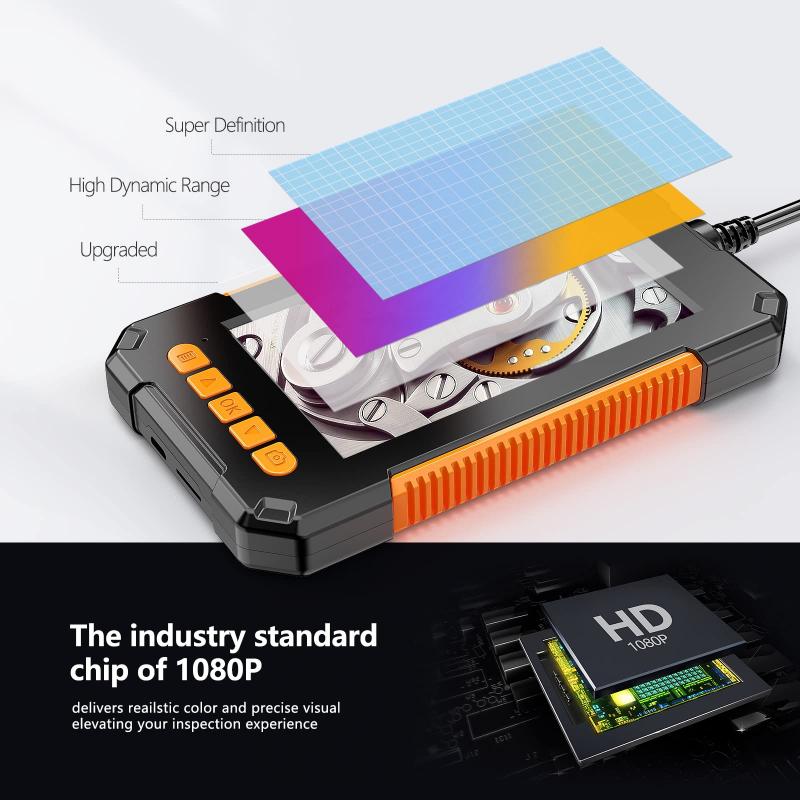
4、 Using camera lighting equipment for portrait photography
Using camera lighting equipment for portrait photography is essential to achieve professional-looking results. Here's a guide on how to effectively use camera lighting equipment:
1. Understand the different types of lighting equipment: There are various types of lighting equipment available, such as strobes, continuous lights, and speedlights. Each has its own advantages and disadvantages, so it's important to choose the one that suits your needs and budget.
2. Set up your lighting equipment: Position your lights strategically to create the desired effect. The key light is the main source of light and should be placed at a 45-degree angle to the subject. Fill lights can be used to reduce shadows, while backlighting adds depth and separation.
3. Adjust the intensity and direction of light: Experiment with different light intensities to achieve the desired mood and effect. You can use modifiers like softboxes, umbrellas, or diffusers to control the direction and quality of light. Diffusing the light helps create softer shadows and more flattering portraits.
4. Consider the color temperature: Different lighting equipment may have different color temperatures. Ensure that the color temperature of your lighting equipment matches the ambient light or adjust it accordingly to avoid color casts.
5. Use light meters or trial and error: Light meters can help you measure the intensity of light and ensure accurate exposure. Alternatively, you can use trial and error by taking test shots and adjusting the lighting setup accordingly.
6. Experiment with different lighting setups: Don't be afraid to try different lighting setups and techniques. Play with the position, angle, and intensity of the lights to create unique and visually appealing portraits.
7. Keep up with the latest trends and techniques: The field of photography is constantly evolving, so it's important to stay updated with the latest trends and techniques. Follow photography blogs, attend workshops, and experiment with new equipment to enhance your skills.
Remember, practice makes perfect. The more you experiment and practice with camera lighting equipment, the better you'll become at creating stunning portraits.
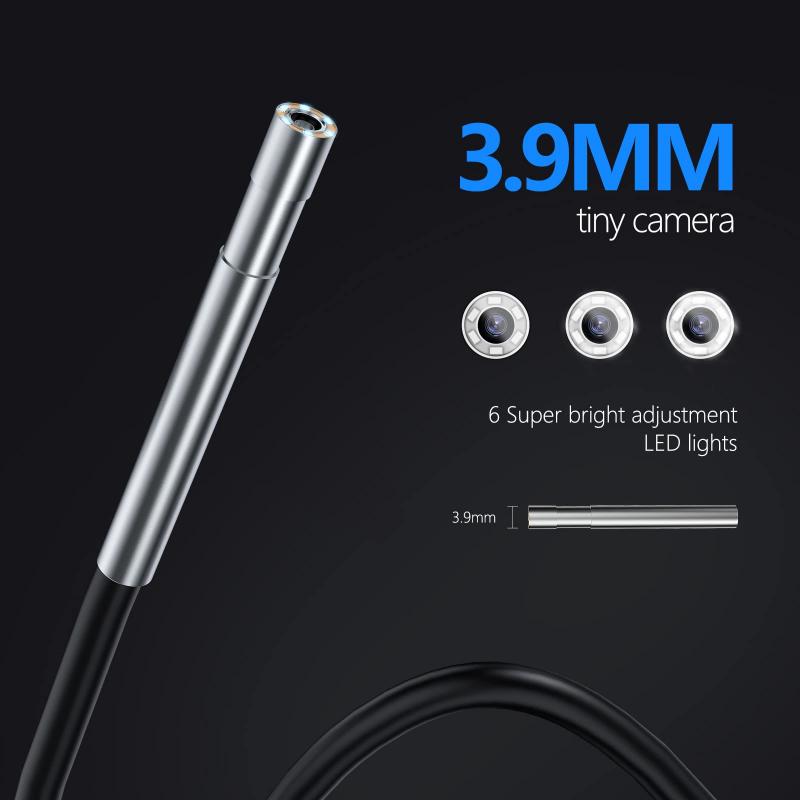



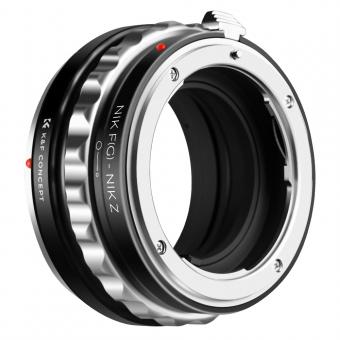
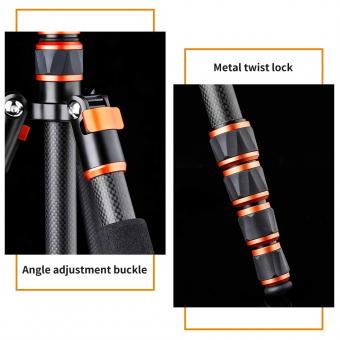
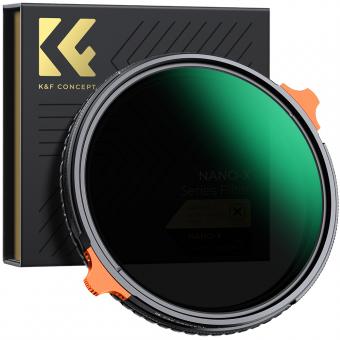
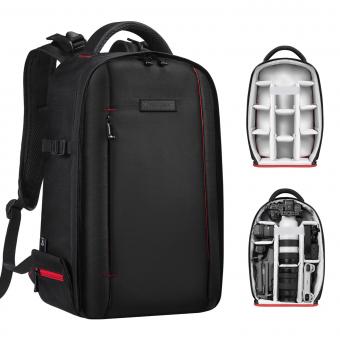
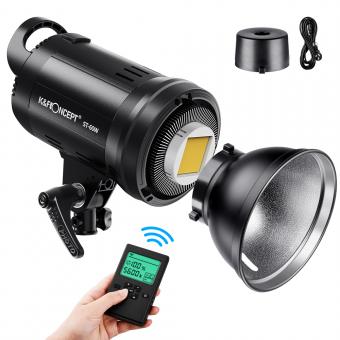
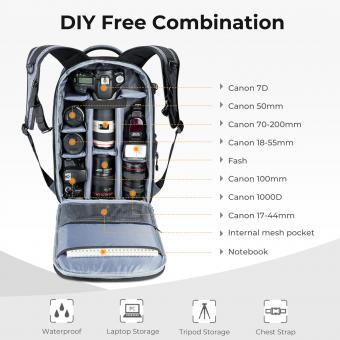




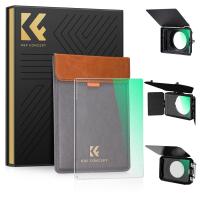


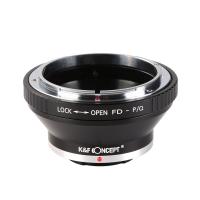
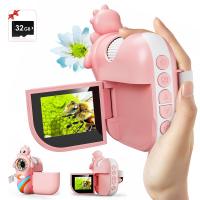
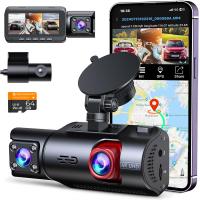



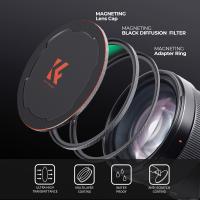
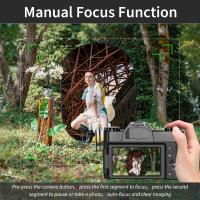
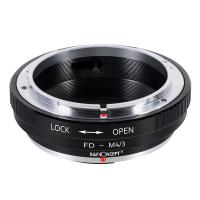
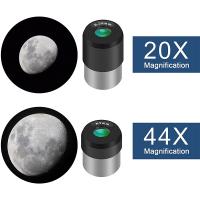
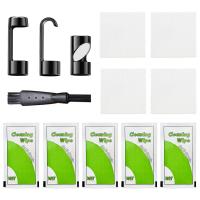

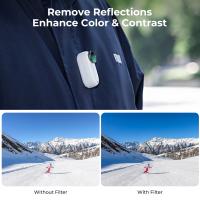
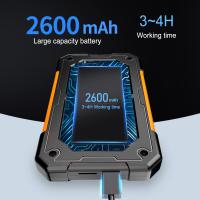
There are no comments for this blog.